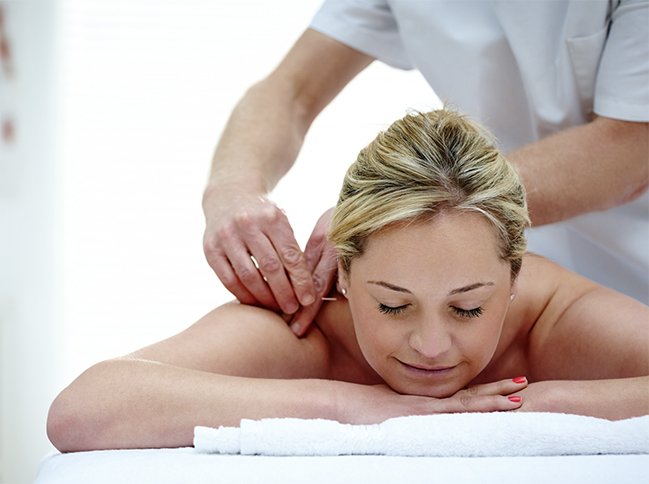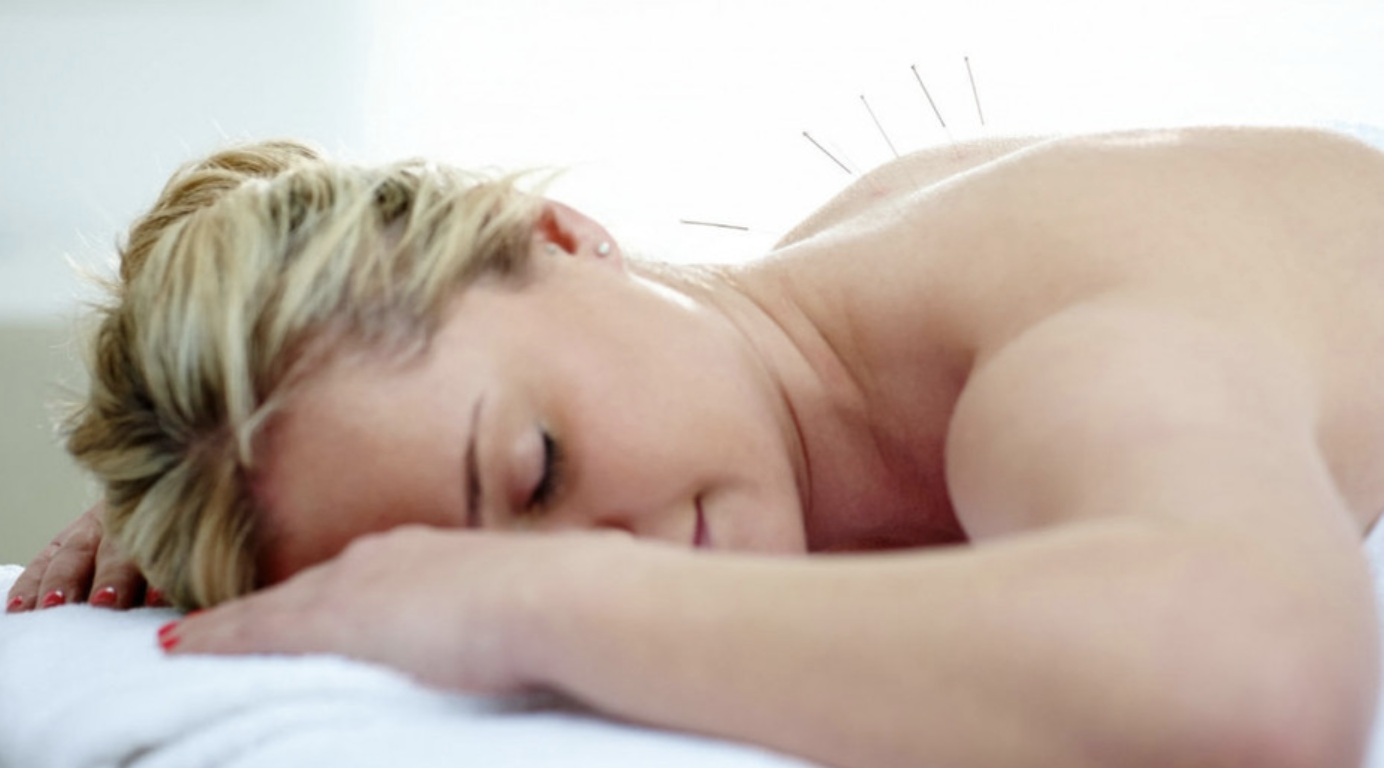Acupuncture is generally very safe when performed by properly trained
practitioners
using sterile needles. At Holistic Healthcare Clinics, all our acupuncturists
are
fully qualified, licensed, and use single-use, sterile disposable needles.
Most people experience no adverse effects, but minor side effects may include:
- Mild bruising or tiny spots of blood at needle sites (uncommon)
- Temporary soreness or mild aching in treated areas
- A feeling of relaxation or mild tiredness after treatment
- Temporary worsening of symptoms before improvement (known as a "healing
reaction" and typically resolves quickly)
Serious side effects are extremely rare when treatment is performed by qualified
practitioners. During your initial consultation, we'll discuss your medical
history
to ensure acupuncture is appropriate and safe for your specific situation.



